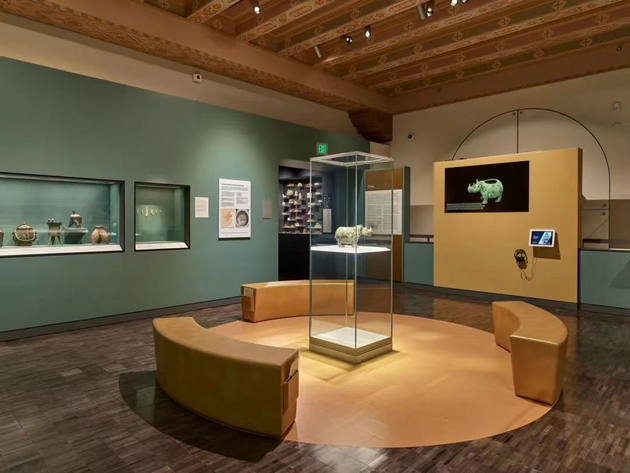
Photo/Asian Art Museum of San Francisco
Dr. Jay Xu, Director of the Asian Art Museum of San Francisco and a member of the American Academy of Arts and Sciences, shared his insights on the future of cultural heritage institutions in an exclusive interview with National Business Daily (NBD).
With over four decades of experience in the museum industry, Xu has been a leader in integrating technology into the narrative of cultural artifacts.
Xu emphasized that the application of digital technology is a major trend in the cultural heritage industry, enabling the creation of diverse and multi-layered narratives for cultural relics. He believes that technology can overcome the limitations of physical space in traditional museums, allowing for new ways of storytelling.
The importance of experimentation was also highlighted by Xu, noting that without trials and new tools, achieving the desired effects can be difficult, and sometimes the results can be counterproductive. He compared the development of generative AI like ChatGPT to the evolution of museums, where extensive experimentation is crucial before widespread adoption.

Photo/Asian Art Museum of San Francisco
Xu pointed out that the cultural heritage industry should not blindly follow the trend of digital technology or AI, but should practice meaningfully according to their own needs. He also mentioned that the current "cultural heritage fever" in China provides a great opportunity for museums to experiment and develop content that deeply attracts audiences.
Encouraging museums to focus on enhancing the quality of visitor experiences, Xu suggested that museums should transform their exhibitions from mere object displays to immersive experiences. This approach allows visitors to take away a memorable experience rather than just viewing artifacts.
In summary, Xu's perspective calls for a thoughtful approach to the integration of technology and cultural heritage, prioritizing the quality of visitor experiences over mere popularity.


 川公网安备 51019002001991号
川公网安备 51019002001991号





